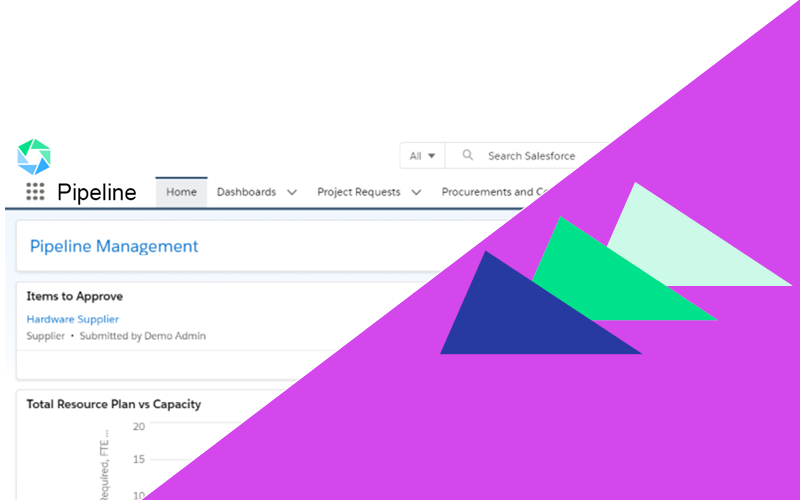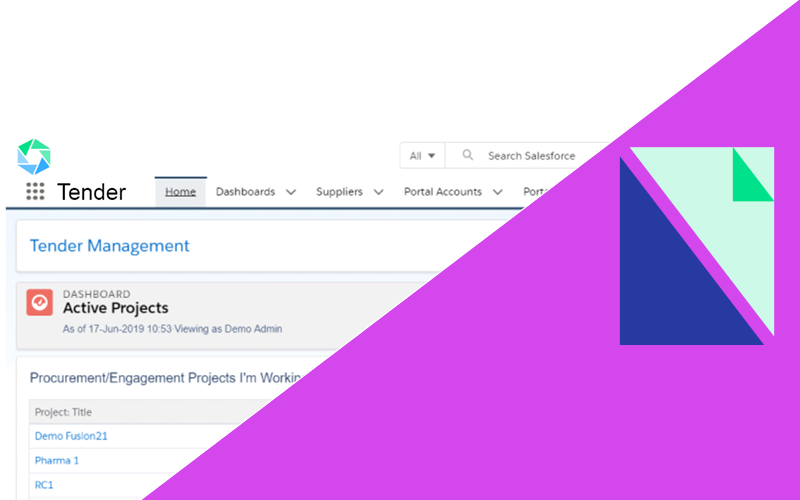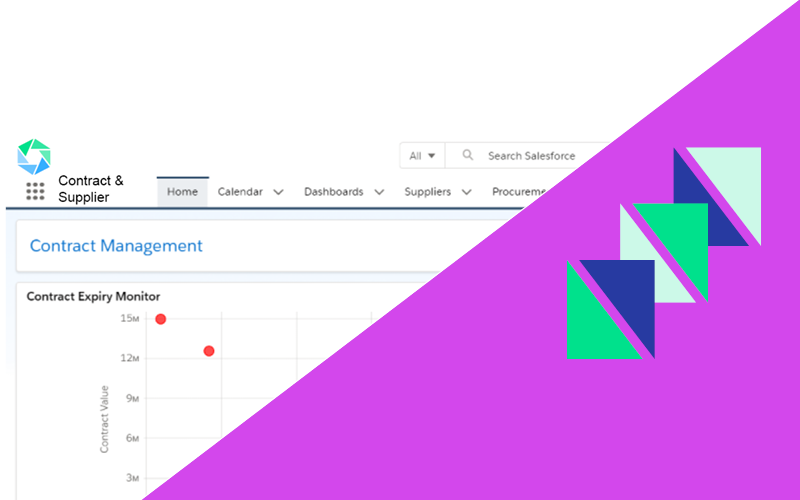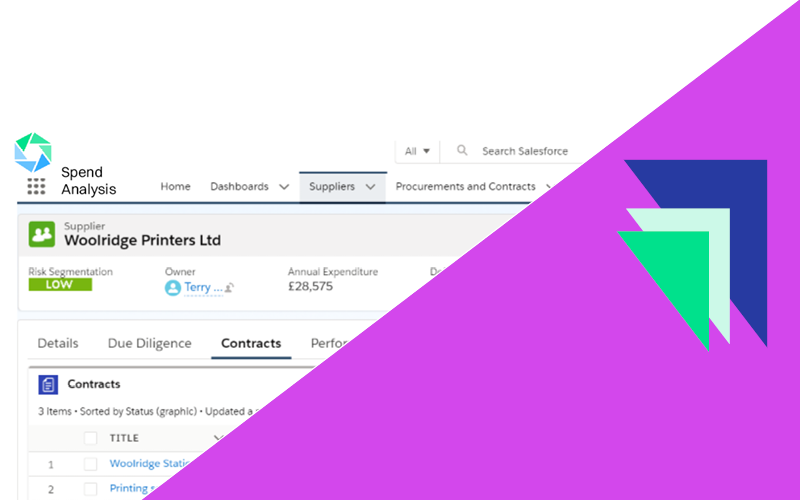Managing procurement manually can be slow, expensive, and prone to errors.
As businesses look to streamline operations and improve cost control, e-procurement systems are becoming an essential part of the procurement process.
E-procurement is the use of digital platforms to automate and streamline purchasing workflows.
This helps you cut costs, speed up approvals, and build stronger supplier relationships, all while reducing errors and inefficiencies.
In this article, we’ll explore five major benefits of e-procurement and how making the switch can set your business up for long-term success.
5 key Benefits of Switching to e-Procurement
E-procurement is transforming the way businesses handle purchasing, replacing slow, manual processes with a faster, more efficient digital system. Here are five key reasons why making the switch to e-procurement can be a game-changer for your business.
1. Cost Savings
One of the biggest benefits of e-procurement is its ability to cut costs and improve financial efficiency. By automating procurement workflows, you can reduce administrative overheads, eliminating the time and expense associated with manual paperwork, approvals, and supplier management.
E-procurement platforms offer real-time visibility into spending, making it easier to spot cost-saving opportunities, negotiate better supplier contracts, and prevent unnecessary purchases.
Bulk buying and supplier consolidation also help secure better pricing and improved contract terms, ensuring procurement budgets are optimised. Traditional procurement methods often rely on paper-based orders, slow approval processes, and manual data entry, none of which are ideal.
Without a centralised system, businesses also struggle with maverick spending, which drives up costs.
E-procurement solves these challenges by automating approvals, enforcing purchasing policies, and tracking every transaction in real time. This results in greater financial control, less waste, and more strategic spending decisions.
2. Faster Procurement Cycles
Procurement delays can slow down operations, hold up projects, and create inefficiencies across the supply chain. Manual approvals, email chains, and paper-based orders add unnecessary steps, increasing the risk of miscommunication and bottlenecks. These inefficiencies can lead to missed deadlines, stock shortages, and higher operational costs.
E-procurement eliminates these obstacles by automating approvals, centralising supplier communication, and providing real-time order tracking. With a digital system in place, teams can compare supplier options instantly, generate purchase orders automatically, and keep track of deliveries without chasing paperwork or waiting on responses.
Many businesses struggle with long approval processes, lost documents, and unclear procurement workflows. Without a structured system, purchases can be delayed due to fragmented communication and slow decision-making, disrupting supply chains and reducing overall efficiency.
A centralised e-procurement platform ensures that orders move through the system without delays, approvals happen seamlessly, and suppliers receive confirmations without unnecessary back-and-forth. This speeds up procurement cycles, improves coordination, and helps businesses maintain a reliable and efficient supply chain.
3. Better Supplier Management
Unreliable suppliers, delayed deliveries, and inconsistent contract terms create disruptions that impact both costs and operational efficiency. Managing supplier relationships effectively requires visibility, clear communication, and structured performance tracking. Without the right tools, businesses struggle to maintain oversight and enforce agreements, leading to missed deadlines and procurement risks.
E-procurement platforms simplify supplier management by centralising data, automating performance tracking, and streamlining contract compliance.
Businesses can evaluate suppliers based on pricing, delivery reliability, and service quality, ensuring that purchasing decisions are based on real performance metrics rather than assumptions. Stronger oversight reduces supply chain risks and improves long-term partnerships.
Disconnected records, inconsistent communication and various other issues make supplier management more difficult than it needs to be. Without a structured system, it is harder to track performance, resolve disputes, or ensure that agreements are being followed.
A digital procurement system keeps supplier interactions organised, ensures contract renewals happen on time, and provides clear performance insights.
4. Improved Compliance and Risk Reduction
E-procurement makes it easier for you to stay compliant by ensuring all purchasing activities align with internal policies, industry regulations, and supplier agreements. With automated approval workflows, you can prevent unauthorised spending, while digital audit trails provide complete transparency over procurement decisions.
E-procurement platforms also help you monitor supplier credentials, track contract compliance, and enforce regulations such as GDPR, sustainability commitments, or ethical sourcing standards.
By integrating risk management tools, organisations can identify potential supply chain risks early and take action before issues escalate – protecting both financial stability and brand reputation.
Centralised tracking helps you enforce contract terms, monitor supplier performance and meet regulatory requirements, protecting you from legal and financial risks.
5. Data-Driven Decision Making
E-procurement gives you instant access to real-time data and analytics, allowing procurement teams to make smarter, more strategic decisions.
By capturing detailed insights into spending patterns, supplier performance, and contract compliance, organisations can optimise procurement strategies, negotiate better deals, and uncover cost-saving opportunities.
With custom dashboards and automated reporting, you gain a clear, real-time view of procurement activities, making it easier to forecast demand, manage budgets effectively, and align procurement with overall business goals.
This shift to data-driven decision-making helps you move from a reactive approach to a proactive procurement strategy, improving both efficiency and financial control.
Traditional procurement methods often rely on manual tracking, spreadsheets, and disconnected systems, making it difficult to gather, analyse, and act on data effectively. E-procurement solves these challenges by providing instant, accurate procurement data, allowing teams to respond quickly, optimise spending, and drive smarter purchasing decisions.
Conclusion
E-procurement makes it easier for you to manage purchasing, cut costs, and strengthen supplier relationships.
By automating workflows, you can speed up approvals, reduce errors, and stay compliant with procurement policies more easily.
Unlike manual procurement, which slows things down and leaves room for mistakes, e-procurement keeps everything efficient, organised, and transparent.
If you want to simplify procurement and improve control over your spending, switching to e-procurement is a smart move that will help you work more efficiently and plan for long-term success.
Take Control of Your Procurement with Atamis
Switching to e-procurement helps you transform the way your business operates. At Atamis, we provide a flexible, integrated procurement solution that helps you cut costs, streamline supplier management, and drive smarter decision-making. Our powerful, cloud-based platform ensures you stay compliant, reduce risks, and gain full visibility over your procurement activities.
Book a demo today and see how Atamis can help your organisation work smarter, not harder.
 Our Pipeline App empowers your team to plan ahead and forecast for upcoming procurement activities.
Our Pipeline App empowers your team to plan ahead and forecast for upcoming procurement activities.  The Tender App allows your team to visualise all sourcing activities within your Atamis platform, from issuing tenders to receiving bids.
The Tender App allows your team to visualise all sourcing activities within your Atamis platform, from issuing tenders to receiving bids. Our Contract & Supplier App puts your team in firm control of your key supplier relationships and provides a central repository for all contracts.
Our Contract & Supplier App puts your team in firm control of your key supplier relationships and provides a central repository for all contracts.  Our Enhancers ensure your solution is tailored to your needs. Pick and choose additional functionality that fits your requirements.
Our Enhancers ensure your solution is tailored to your needs. Pick and choose additional functionality that fits your requirements. 